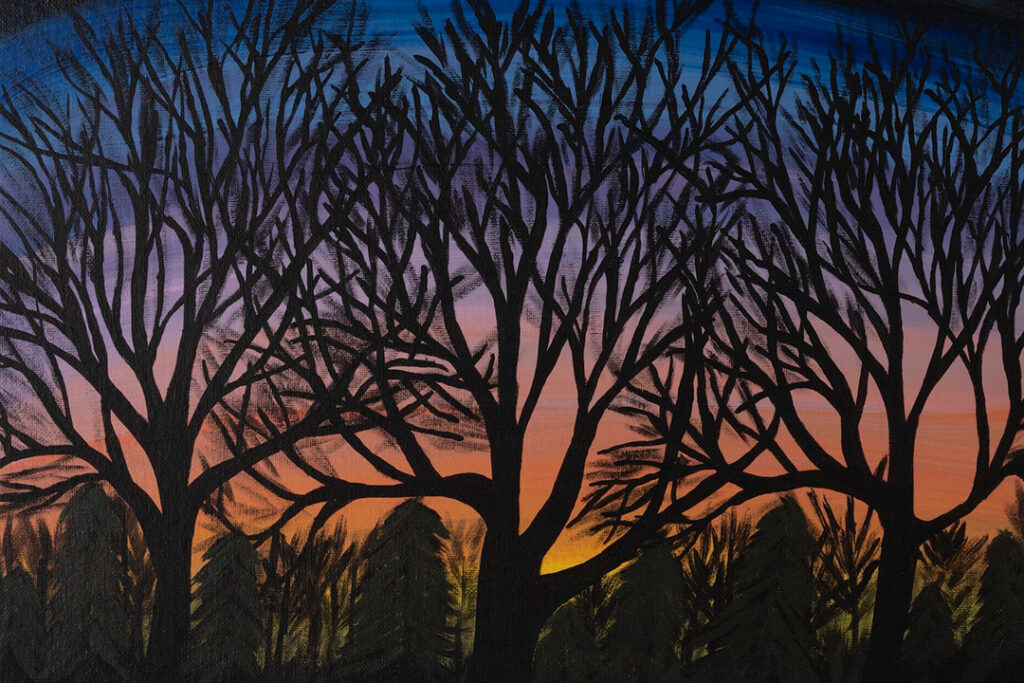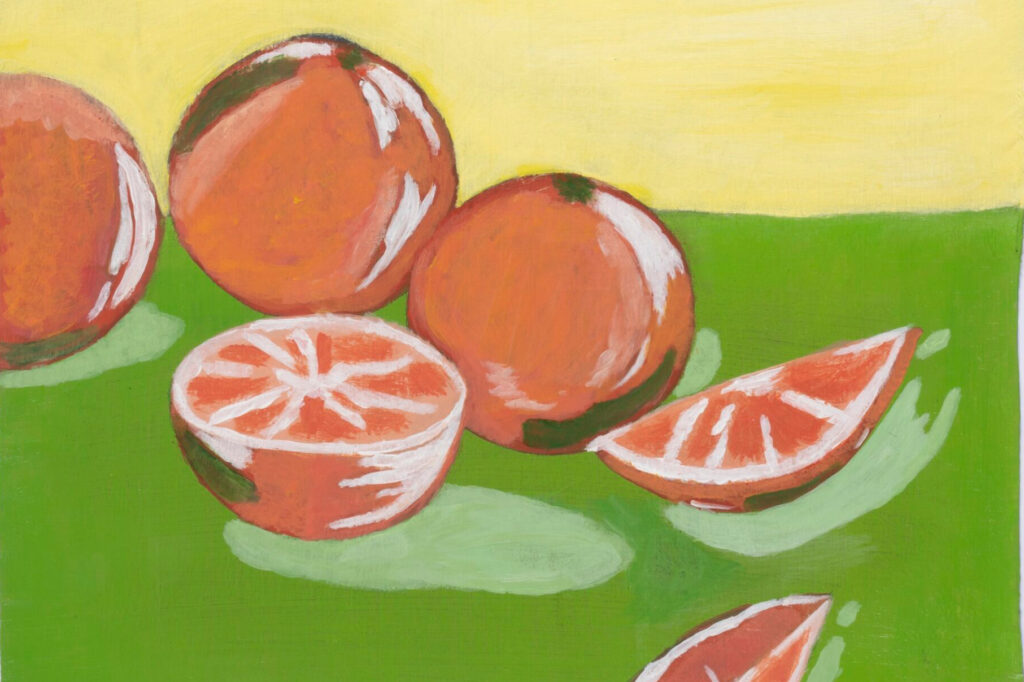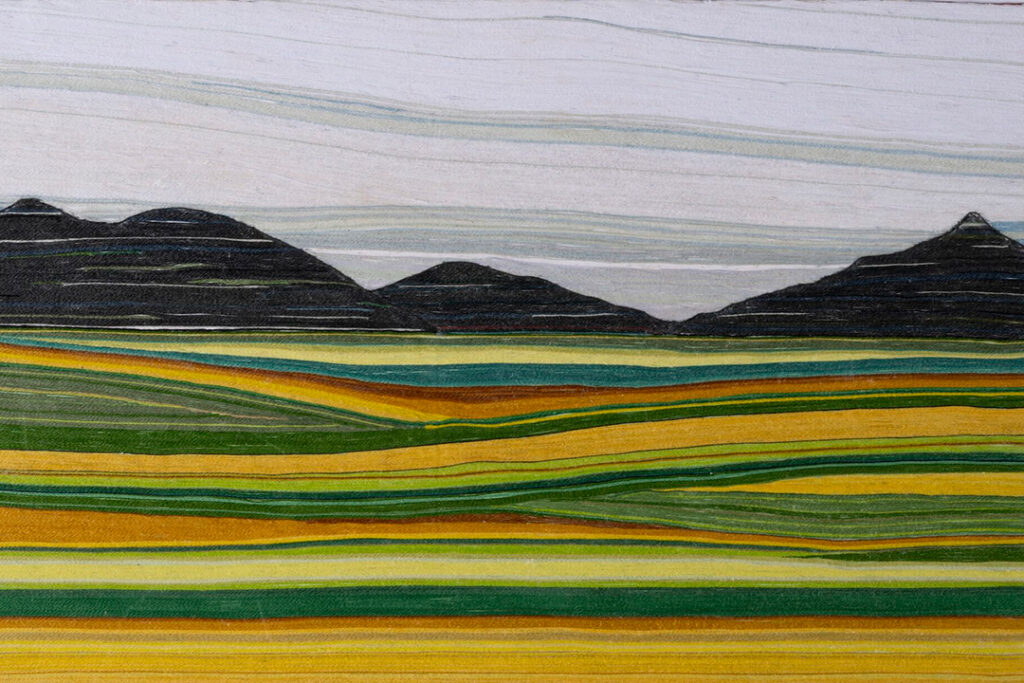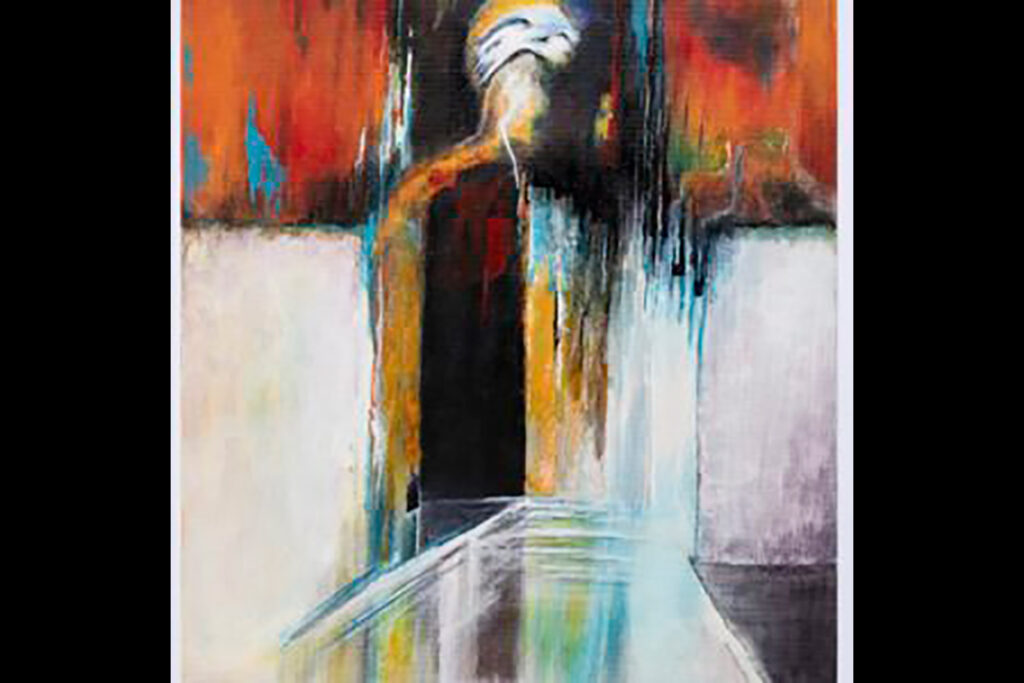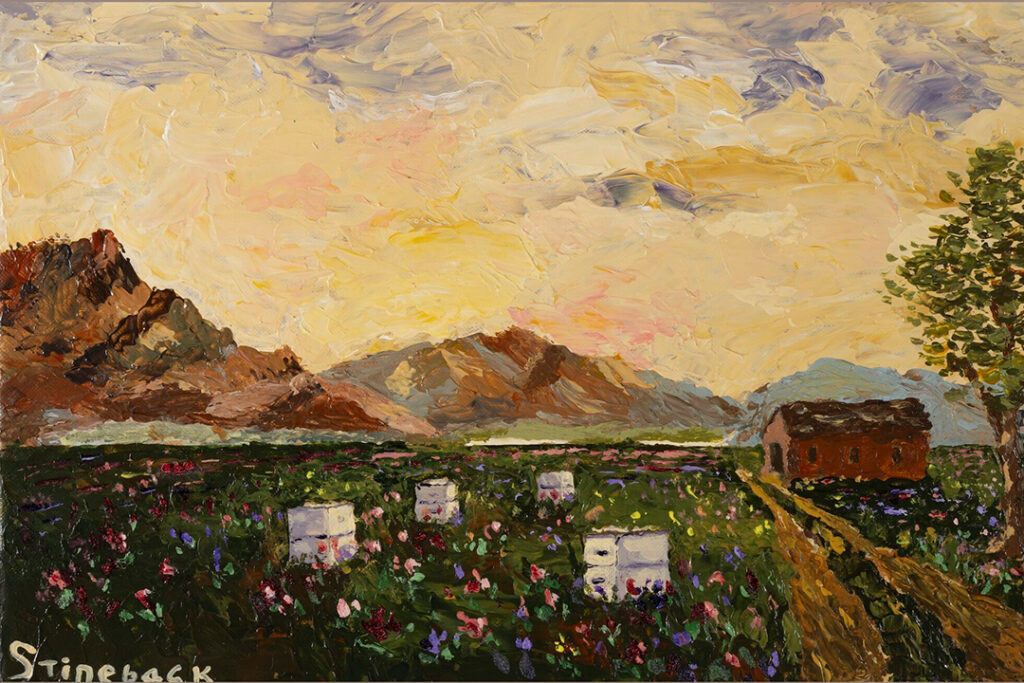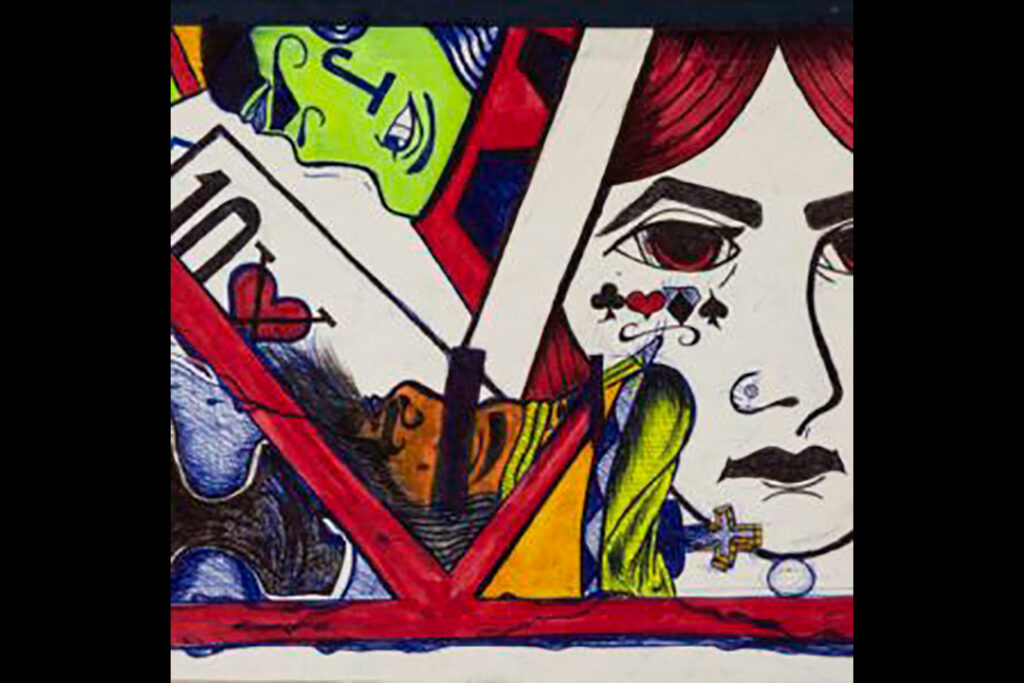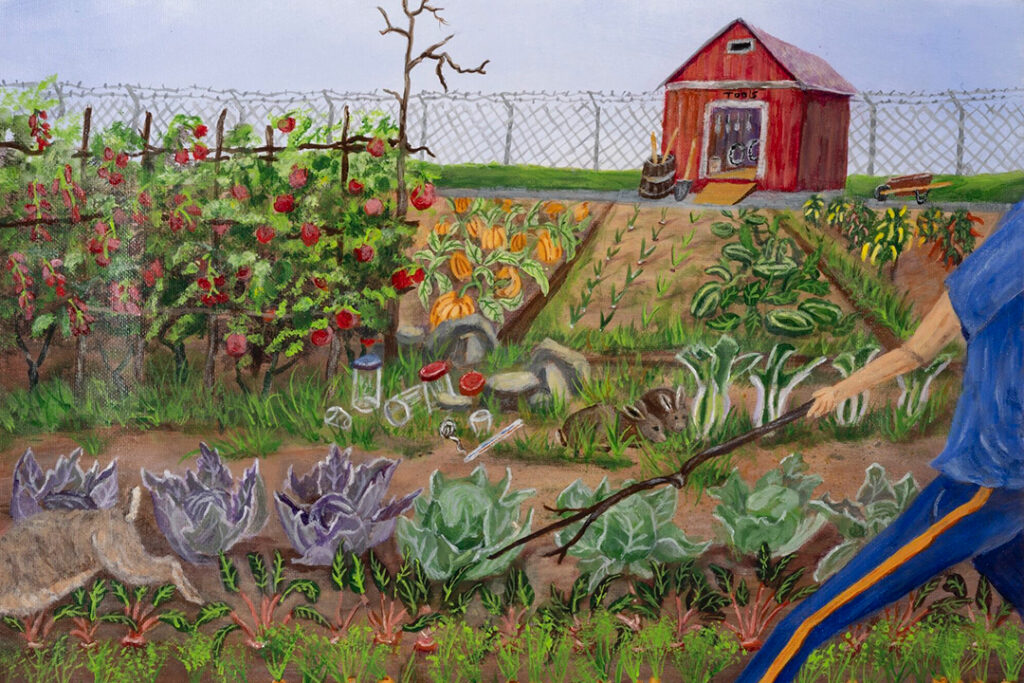Filling a gap: U-M students help combat Michigan’s shortage of rural dentists

Northern Michigan resident Becky Klein was surprised to learn that the dentists at the Thunder Bay Community Health Service clinic were students from the U-M School of Dentistry. They turned out to be just as competent and professional as seasoned practitioners, she said, and excellent communicators.
-
Michigan Stadium to begin alcohol sales this football season
The University of Michigan athletics department will begin selling alcohol at Michigan Stadium with the 2024 football season, after carefully reviewing previous alcohol-sale rollouts and fan experiences at Yost Ice Arena and Crisler Center.
-
Researchers create human aortic aneurysm model
Using human cells in laboratory rats, Michigan Medicine researchers have developed a functional model of thoracic aortic aneurysm, creating new opportunities for understanding disease development and treatment. No treatments currently exist for the condition, which is a weakening and bulging at the body’s largest blood vessel in the chest.
-
Encampment cleared: Campus climate update
Update May 21: Police have cleared the pro-Palestinian encampment on the University of Michigan Diag. Student protesters demand the University divest from companies profiting from the conflict. Read the administration’s statements regarding recent events, both on and off campus.
-
Brad Meltzer, BA ’92, tells Class of 2024: ‘Unleash your kindness’
2024 commencement speaker Brad Meltzer shares how magic provides insight to shape lives, aligning with classmate Desmond Howard (far left), and 2023 national champions Blake Corum and J.J. McCarthy, to drive home the point.
-
University addresses potential commencement protests
With the approach of Spring Commencement May 3, the University has emailed the Ann Arbor campus community and the families of prospective graduates regarding possible campus protests. The University seeks to ensure that “graduates are able to experience the joyous and celebratory event they deserve,” the message stated.
-
Rolling the dice on addiction
College sports deliver some of the most thrilling moments in athletics. But it’s not all fun and games for gambling addicts whose fortunes rise and fall with each contest. Now, as online betting becomes more popular and accessible, college students are increasingly vulnerable to getting hooked, warn U-M experts.
Columns
-
President's Message
Reaffirming our focus on student access and opportunity
U-M seeks to ensure every student will rise, achieve, and fulfill their dreams. -
Editor's Blog
Peace out
It's a mad, mad, mad, mad world out there. -
Climate Blue
Keeping our focus on climate
As federal support for climate science wanes, Ricky Rood remains hopeful. -
Health Yourself
Are you an ‘ager’ or a ‘youther’?
Why do some people appear younger or older than people born in the same year?
Listen & Subscribe
-

MGo Blue podcasts
Explore the Michigan Athletics series "In the Trenches," "On the Block," and "Conqu'ring Heroes." -

Michigan Ross Podcasts
Check out the series "Business and Society," "Business Beyond Usual," "Working for the Weekend," and "Down to Business." -

Michigan Medicine Podcasts
Hear audio series, news, and stories about the future of health care.
In the news
Creativity and connection across prison walls
One of the world’s largest and longest-running exhibitions of incarcerated artists is back with new programming designed to foster connection and deepen public understanding of incarceration in Michigan. The 29th annual Exhibition of Artists in Michigan Prisons, curated by U-M’s Prison Creative Arts Project, showcases 772 artworks by 538 artists incarcerated in 26 state prisons. The Duderstadt Center Gallery on U-M’s North Campus is presenting the artwork through April 1.











